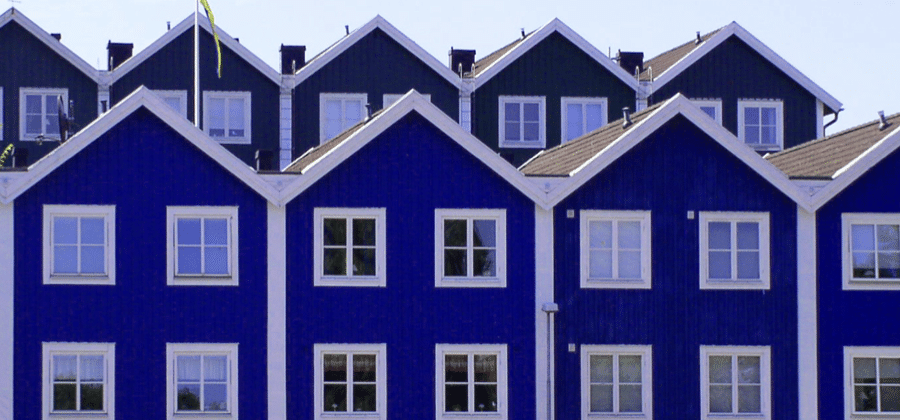
Zoning in America. It’s a vast set of regulations which determines where and what you can build, how high and how close to your property line your building can be, how much of your land you can occupy, how much parking you need to provide and what type of tenant can occupy your property.
Once upon a time nuisance laws were the only way to regulate building disputes, with a judge deciding the outcome. In the early 20th century as cities grew and buildings became larger and taller, this process became unwieldy. The Equitable Building in New York changed all that. Completed in 1915 it was said to cast a 7-acre shadow over surrounding buildings and became the catalyst for the first comprehensive zoning code passed by the city of New York in 1916.
Skip forward one hundred years and we might just be back to where we were in the early 20th century. Zoning has become a behemoth. Many cities are using 50-year-old zoning codes which have had many bandaids applied to them over time, making them out-dated, complicated and far too long. Most importantly, over the last 50 years for the most part zoning has not changed sufficiently to reflect the sometimes rapid changes in our cities. There’s a shift in how people want to live. Sprawling suburbs no longer offer the kind of lifestyle that many Americans are looking for. They want a more sustainable lifestyle in a walkable urban context. And what’s missing is the housing typology, in between single-family detached and large apartment complexes, that’s required to fulfil this need.
The idea of this ‘missing middle housing’ was framed by Daniel Parolek, architect, urbanist and the founder of Opticos Design. Missing middle housing was born just as the critical absence of affordable housing was becoming a major planning issue for cities nationwide. As a result, Daniel has become a high-profile advocate for zoning reforms that would allow for ‘the right kind of density.’ More people, less parking, walkable neighborhoods and broader demographics.
Listen in to my conversation with Daniel.
Image from Pixabay
